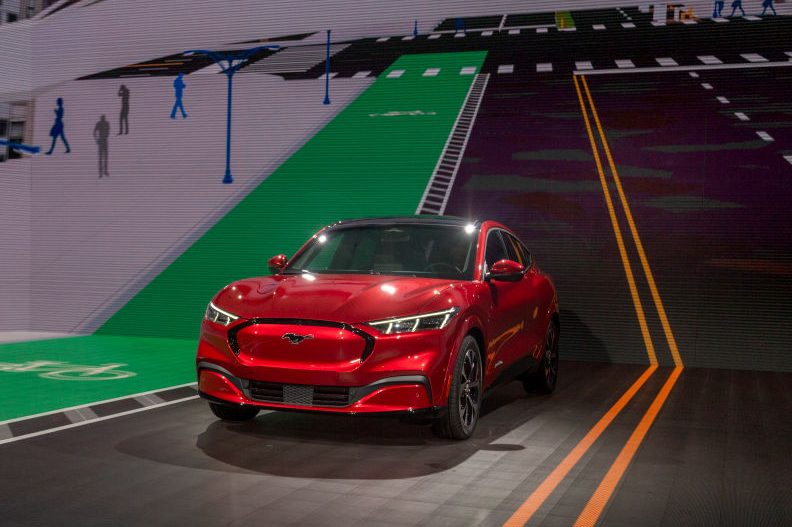After years of ambitious pledges and multibillion-dollar bets on the future of electric vehicles, legacy automakers are facing a cold market reality. Consumer adoption has slowed, incentives have dried up, the political and cultural debate around EVs has grown more partisan, and Wall Street’s patience is wearing thin.
Just this week, General Motors took a $1.6 billion loss on its EV unit because it had built more production capacity than it currently needs. Earlier, Volkswagen Group idled two EV plants in Germany as sales stalled. Stellantis scrapped its target of reaching 100 percent EVs by 2030. Meanwhile, Ford delayed full-size EV truck and van programs and reallocated capital once earmarked for EVs to hybrids and gas-powered vehicles.
Despite what looks like a massive retreat from earlier EV promises, analysts say this moment reflects a recalibration, not a surrender.
Sam Abuelsamid, a longtime auto analyst and vice president of market research at Telemetry, described it as a “temporary correction” rather than a full retreat. “Electrification is the direction for the future; it’s just going to take longer to get there,” he told Observer in an email, noting that in today’s highly divisive political climate, many executives have become quieter about long-term plans, but none are completely “jumping ship.”
Consumer behavior, rather than corporate or regulatory retreat, is driving the current EV “correction,” said Stephanie Brinley, a principal automotive analyst at S&P Global Mobility. “[But] pricing, direct consumer experience and education, and concerns over infrastructure remain the hurdles to more widespread adoption.”
In fact, EV market share is still growing. From January to August, EVs accounted for 8.1 percent of the U.S. market, up from 7.7 percent during the same period last year, according to S&P Global data.
Still, EVs remain more expensive than hybrid or combustion rivals. Even Tesla, despite promising a sub-$25,000 model for more than a decade, has yet to crack the affordability barrier.
“The issues have not changed, but moving from early adopters to mainstream buyers is difficult, choppy and not as easy to predict,” Brinley said.
Abuelsamid admitted that the industry’s earlier projections that EVs would make up more than half of the U.S. market by 2030 were overly optimistic. He expects hybrids to dominate in the near future, gradually replacing internal combustion engines as the default powertrain.
For American buyers, hybrids offer what EVs have struggled to provide: no lifestyle changes and a longer range for less fuel. They’re also cheaper to produce than EVs because they use smaller batteries and require less complex software development.
Both analysts agree that automakers are navigating a long and uneven bridge toward a fully electric future, not abandoning it. What happens next will depend on breakthroughs in cost and technology, particularly in battery chemistry and cell-to-pack architectures, Abuelsamid said.
Automakers, he added, should shift focus away from high-end, high-performance EVs and collaborate to cut spending on expensive features customers don’t actually see, such as software platforms and electrical architecture.
“Even most mainstream EVs are plenty quick for everyday driving needs,” he said.
For now, automakers are balancing profitability with progress, trying to meet consumers where they are while continuing to invest in where they’ll eventually be.
https://observer.com/2025/10/legacy-automakers-tap-the-brakes-on-evs-as-road-to-mass-adoption-gets-bumpy/
